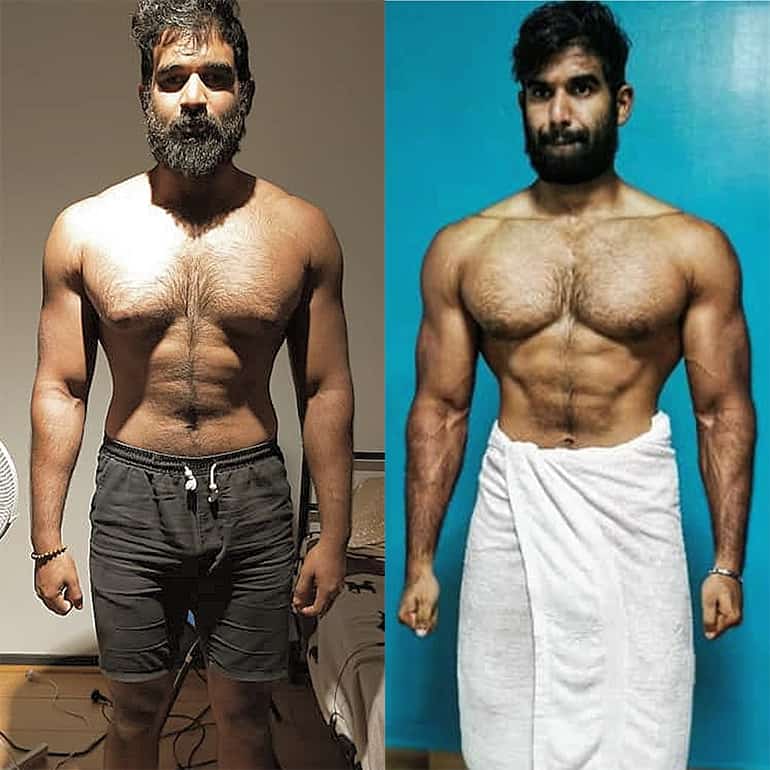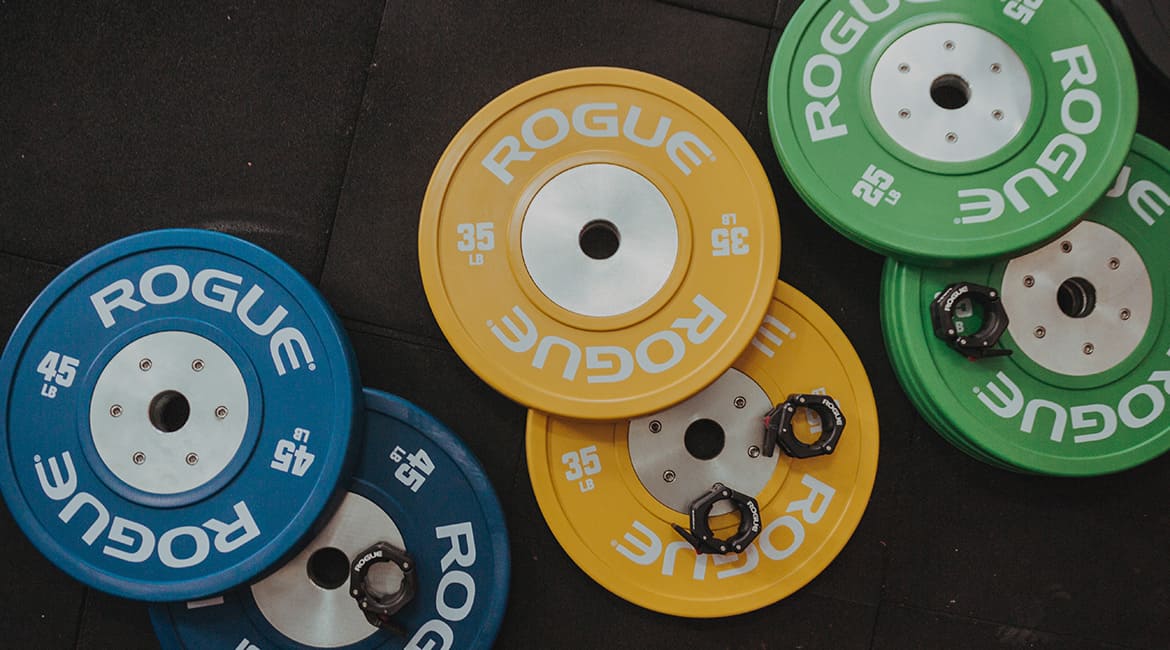
Weight Loss Tips: Part 2 – How to Diet for Weight Loss
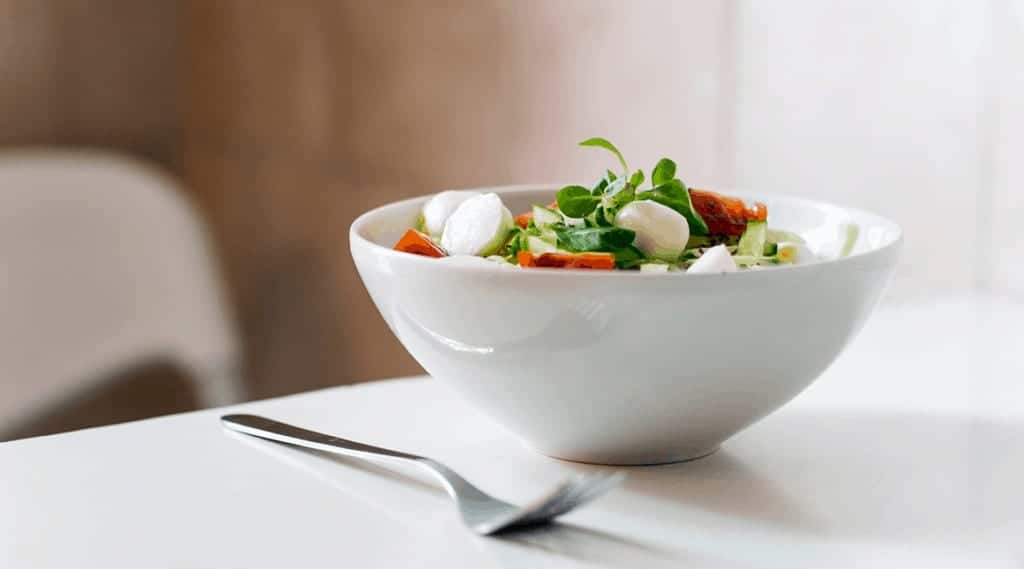
In this article I’m going to explain how to set up the best diet for weight loss. This is the second instalment of a two part post, so I recommend reading the first part which covers how weight gain happens in the first place and how to train for weight loss. In this article I’ll talk about the other side of the equation – decreasing your intake, which is your food, to achieve a caloric deficit.
How much should you eat for weight loss?
Just like I stated in my first article, fat loss comes down to calories! Calories are king, for fat loss to occur a calorie deficit is required. If you are not losing weight, then you are not in a caloric deficit. In order to know how much food to eat to be in a deficit, we firstly need to know what our intake is to maintain our body weight. This is called TDEE – Total Daily Energy Expenditure. TDEE is a way of working out your maintenance calories. This is important to know because it allows us to have an idea of how much we need to consume to create a caloric deficit. These are all of the things on the “energy out” side of the energy balance equation.
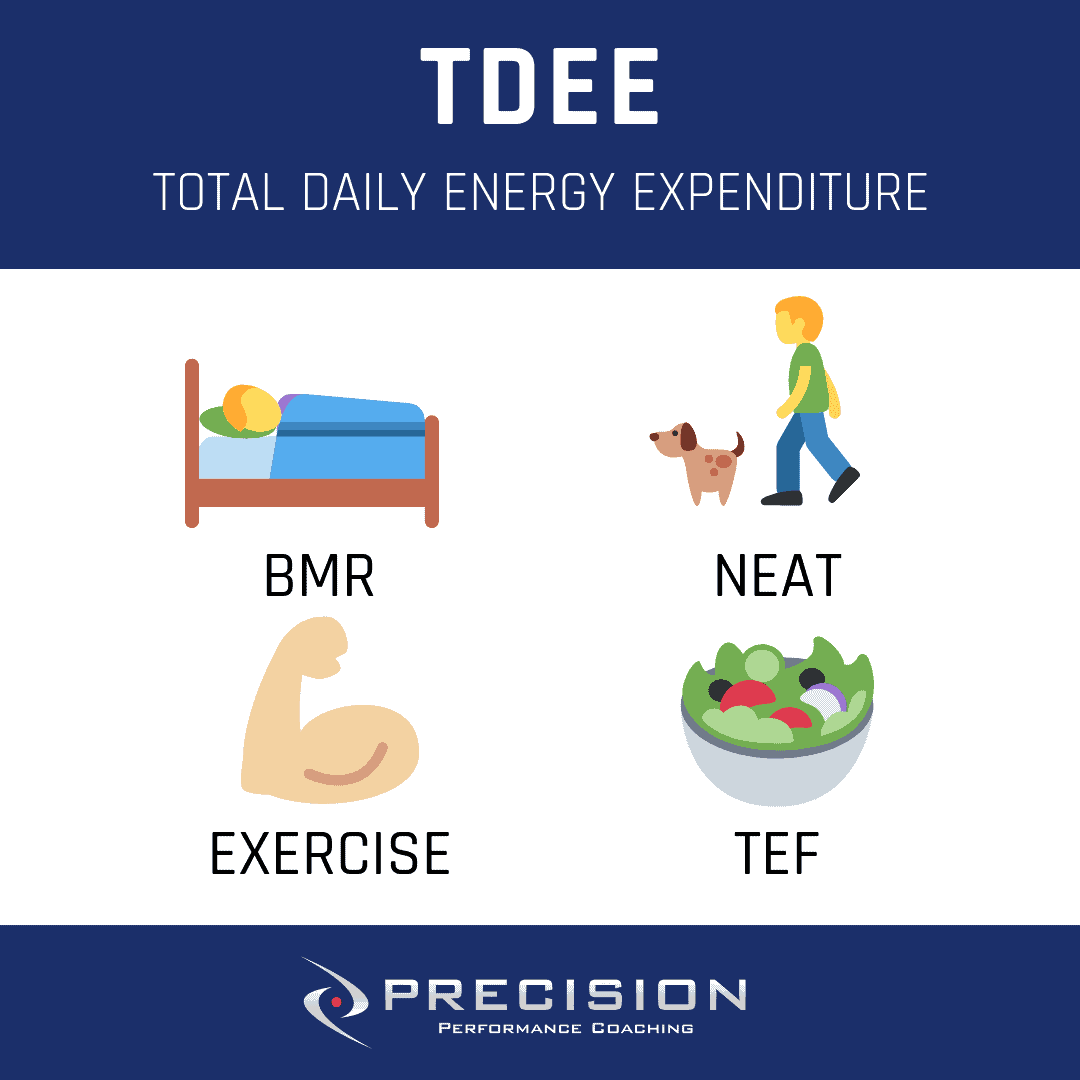
TDEE consists of the following:
- BMR which is your basal metabolic rate, which the number of calories you need to stay alive.
- Your NEAT (Non-exercise activity thermogenesis), which I discussed in my previous article refers to your incidental exercise or just going about your daily activity.
- TEF (thermic effect of food) is also part of your TDEE, this was also discussed in my previous article and it refers to the number of calories required to break digest food.
- Lastly, exercise activity. I’m assuming everyone reading this knows that that is (if not…you really need to contact me!).
To work out your TDEE go to tdeecalculator.net. It will require you to enter your height, age, gender, activity level and body fat percentage. If you don’t know your body fat percentage have a look at the picture below to give you a bit of an idea.
Once you have worked out your TDEE, the next step is to keep a food journal. The food journal is to compare how much you are currently eating to your TDEE calories. The more days you can keep the better, but three days is enough data to start.
What I have found is that majority of people are going to be consuming calories way above or below their TDEE.
Here is an example of what this might look like:
Client A
TDEE = 2000 calories
Food journal calculation: 900 calories
Client B
TDEE = 2000
Food journal calculation: 2700 calories
These examples show why tracking numbers is important, it just takes the guesswork out. Most people are just not good at guesstimating how much they are eating, especially if they have never tracked before.
For Client A, this person is consuming calories which are very low compared to their daily energy requirements. With the lack of calories this person is most likely vitamin and mineral deficient and they also have an inefficient metabolism. If you are someone that fits into this category, I would suggest that to lose body fat you DON’T reduce calories. The priority for this individual would be increasing their energy output to create the deficit rather than decreasing calories. Have a read of my previous article and contact us at PPC to let us first assist you in your fat loss goals.
For person Client B, this person is simply over eating. They are in a position which they can create a deficit by reducing their food intake. If you are consuming calories which are equal to your TDEE or higher, then we are in a good position to reduce your intake to enter a caloric deficit.
What foods are best for weight loss?
The next step after you work out how many calories to eat is to set your proportions of each macronutrient – protein, carbohydrates and fats. You can adjust macronutrients to suit your lifestyle because this isn’t as important as being a caloric deficit. People put so much emphasis on macros. I’m not saying that they aren’t important, but this should only come after the person has created a deficit with their total calories otherwise fat loss will not happen. I am however going to give you examples of how you can set up your macros to best maximise fat loss.
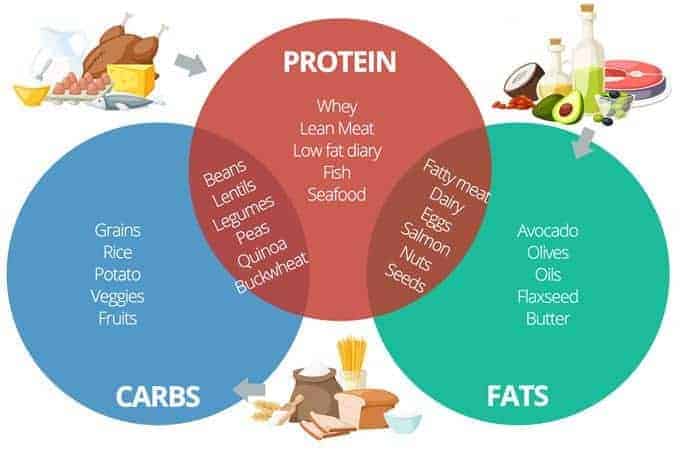
protein
Let’s start with protein. I wrote about protein intake in my previous article in terms of its thermic effect on the body – digesting protein requires more energy than the other macro nutrients. Protein is also essential because it helps retain muscle mass. This is especially important in a deficit, more so for really lean individuals because they are at a higher risk of losing muscle then individuals with more body fat. The more muscle we can retain in the deficit the more efficient the metabolism, which also means increased fat loss.
Set protein intake from 1.6 – 2.2g per kg of bodyweight and distribute across the meals you are consuming each day.
Carbohydrates
Now let’s talk about carbohydrates. Everybody thinks carbohydrates are evil or that they make you fat. Carbs by themselves will not make you put on weight. Excess consumption of any calories for a long period will lead to weight gain. If you are in a caloric deficit, you can eat carbs and fat loss will happen.
Going low carb, moderate carb or having no carbs at all is not superior for fat loss, however individuals with higher body fat will be less insulin sensitive and more insulin resistant. This means that their cells aren’t as responsive to insulin, so the body is less efficient at using carbs for energy. Also the more insulin sensitive you are, the better your body is at burning fat.
Being in a deficit is key, but initially if the client can adhere to it, I go for a for a low carb approach then increase as they get leaner. As a low carb option start at 20% of total calories per day. If you find it hard to adhere to this carb intake, move your carbs to be to 30-40% of your total daily intake.
Fats
Once you have set you protein and carb intake, the rest of your calories will make up your fat intake. Fats are great for hormonal production and brain function and omega-3 fatty acids help reduce inflammation. I want to be clear though more fats don’t equal more hormones. Your body will use what it requires and store the rest. Fats are also important to help us absorb fat-soluble vitamins A, D and E.
There are individuals who feel better on a higher fat diet. In these cases, it’s important to make sure they are hitting their daily protein intake and balancing out their calories by lowering carb intake.
Fats are also more calorie dense than protein and carbs, with 9 calories per 1 gram fat, vs 4 calories per 1 gram for protein and carbs. This is where tracking your food via a fitness tracker such as MyFitnessPal can help you to stay accurate. Just remember to also enter your food in the same way you measured it (eg if you measured chicken raw, you’ll need to ensure the entry is for raw chicken weight).
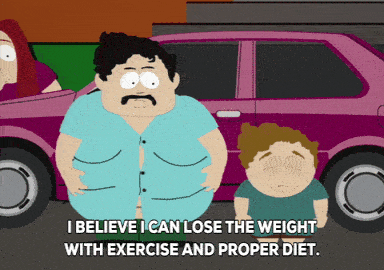
When it comes to nutrition, it’s so much about trial and error. Finding a system that works for you and you can adhere to is the most important for long term progress and sustainability. If you have any questions please don’t hesitate to contact us, we would be happy to assist you in your fitness journey.
Want a free E-book?

Get your free copy of the Beginners Guide to Performance e-book and start your training journey today!
recent posts
Join Our Mailing List
Sign up and get your free copy of the Beginners Guide to Performance e-book to start your training journey today!
Ready to break through plateaus & get real results?
Contact us now to find out how we can help you take your training and phyique to the next level.

